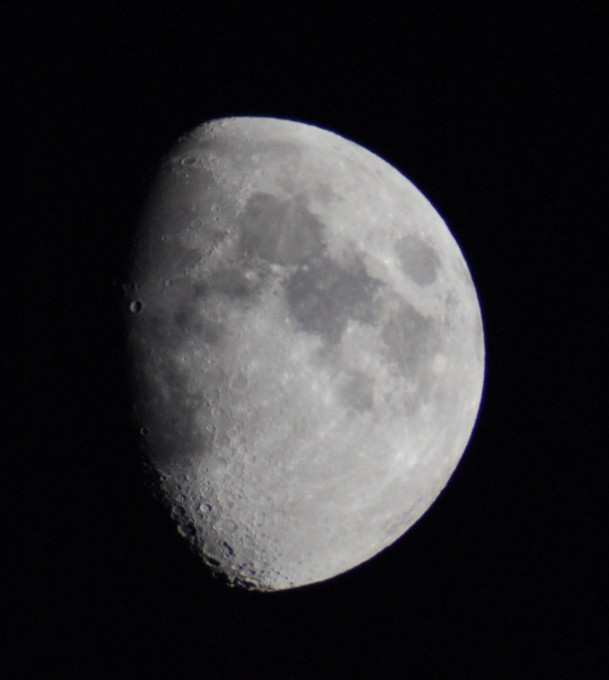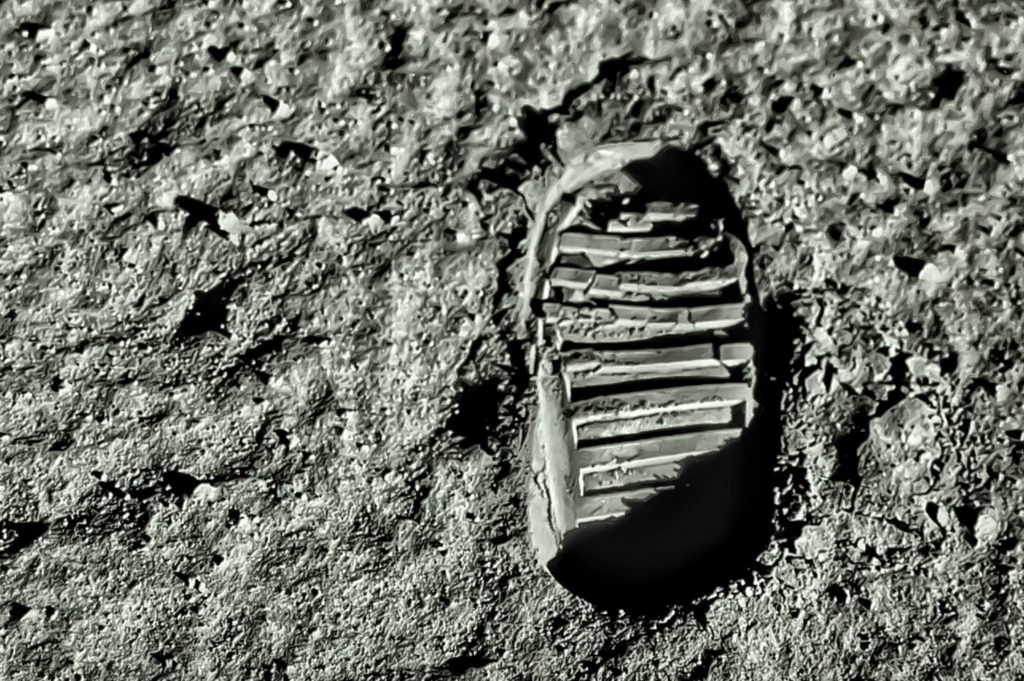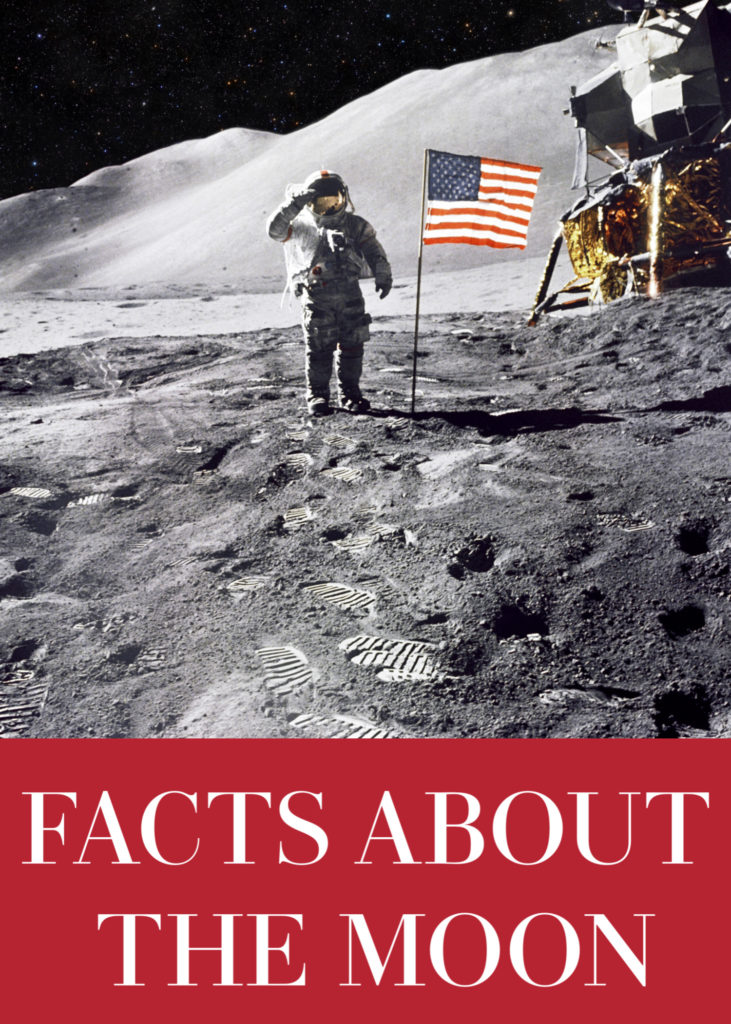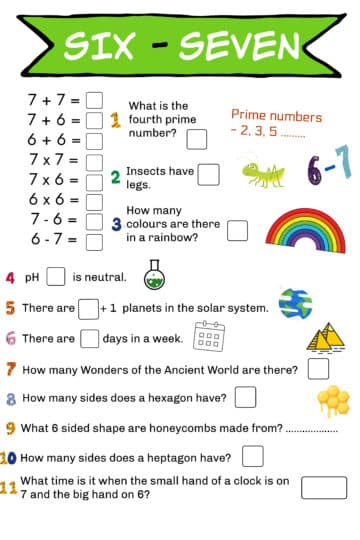I've got lots of fun activities and facts about the Moon to share today. The Moon is probably more important to the Earth than you think. Did you know it stabilises the wobble of the Earth on its axis, giving us a fairly stable climate and causing tides?
Moon Facts
Did you know the Moon is slowly drifting away from the Earth? It moves around 3.5 cm further away each year!
The Moon is the Earth's only natural satellite and the fifth largest Moon in the Solar System.
We only see one side of the moon from Earth. This is because it rotates in exactly the same time it takes to orbit Earth, so we always see the same face. This phenomenon is known as tidal locking.
The moon formed around 4.5 billion years ago!
The surface of the moon is called regolith.
Did you know that it would take about 20 years to fly from the Moon to the Sun?
Gravity on Earth is six times stronger than that on the Moon.

Why do the sun and moon look to be the same size?
The Sun and Moon look to be a similar size from Earth, but we know the Sun is much bigger. The reason they look to be similar in size is because the Moon is about 400 times smaller than the Sun, but the Sun is 400 times further away from the Earth than the Moon.
How is the Moon different to the Earth?
The surface of the Moon is dry and lifeless. There's no water and very little atmosphere.
As the Earth moves around the Sun, it rotates on its axis. The Moon's gravitational pull helps the Earth not wobble too much.
Without the Moon, the tilt of the Earth's axis would vary, and the climate would be much more unstable.
Does the moon impact tides?
Tides on Earth are mostly caused by the pull of the Moon's gravity.
How hot is the Moon?
It depends on which side you're on. On the side of the moon, where the sun shines, temperatures can reach about 100 degrees Celsius!! This is because the Moon has no atmosphere to shield it from the sun's rays.
How cold is the moon?
On the dark side of the Moon, where the sun can't reach, temperatures drop as low as - 173 oC.
Are there really footprints on the moon?
There is no wind on the Moon, so there is nothing to move anything on the surface. The footprints left by astronauts who landed on the moon are still there today.

Why does the moon look different on different days?
As the Moon orbits the Earth, different parts of it are lit by the sun, which is why it seems to change shape. We call the different shapes phases of the moon. The Moon itself doesn't emit any light. What you actually see is sunlight reflected off the Moon.
A Full Moon is when you can see the whole of the moon, and a New Moon is when you can't see any of the moon.
How long does the Moon take to orbit the Earth?
The Moon takes 27.32 days to orbit the Earth, during which time we see all its phases. From New Moon to New Moon, it takes 29.5 days.
Who was the first person to walk on the moon?
Neil Armstrong was the first person to walk on the moon in 1969!
How was the Moon formed?
Scientists think the Moon formed when a huge ( possibly Mars sized ) object collided with the Earth. Another theory is that the Moon was an asteroid captured by the Earth's gravity.
Moon Learning Activities for Kids
Learn about the phases of the Moon with Oreos or cupcakes.
Track the phases of the Moon with my FREE logbook.
Find out how craters form with flour and hot chocolate powder.

Last Updated on February 28, 2025 by Emma Vanstone




Leave a Reply